True story: When The Gorgon played in the U.S. back in 1965, I caught the film at a drive-in in Concord, NC on a double bill with the much inferior Curse of the Mummy’s Tomb. I had managed to bamboozle a 19-year-old almost relative (he was the son of my grandmother’s second husband) into taking me along on a date with his girlfriend. (I’m sure they loved this, but a ten-year-old — as I was then — in 1965 was not really attuned to why his presence might be undesirable on such an outing. After all, they were just going to the movies, right?) My uncritical youthful self was okay with the mummy movie — at least it had some gore and Fred Clark asking the mummy, “Who the hell are you?” — but The Gorgon was something else again. It actually terrified me. In fact, I was so traumatized that upon returning home I insisted on turning on the light to see if my sleeping grandmother (with whom I was sharing a bed) had sprouted snakes in her hair in my absence. (For the record, she had not.) This did not keep me from seeing the movie by myself (a brave undertaking) twice more as the double feature worked its way through the town’s second-run theaters. It remains my favorite Hammer horror picture.
This is the second time The Thursday Horror Picture Show has run The Gorgon. That first time turned out to be the introduction for everyone in that audience to Hammer Pictures. In fact, none of them had ever even heard of Hammer before, which surprised me, but then I grew up on monster magazines and these things, and have stayed at least on the fringes of horror fandom ever since. (So much for the supposed brand name recognition value of recently reviving the Hammer name.) My immediate notion was that the choice might have been a mistake, but it was too late, since I was introducing the film when I learned this. (If anyone there knew Peter Cushing or Christopher Lee, it was mostly thanks to Star Wars.) The truth was that it turned out to be very well received — still the best received Hammer that’s been run. Oh, sure, it provoked some laughs that were not intended by its makers, but the laughs were not unkind — and were not directed at the Gorgon make-up. (The rubber Gorgon head was another matter.)
In terms of its mythology, The Gorgon is one of the studio’s more unusual films—and one that, on the surface at least, appears to owe little to the old Universal product. Well, that idea holds up for at least part of the film. When it suddenly transpires that the title horror is actually embodied in a human form and only transforms into her snake-topped self during the full moon, it’s obvious that the old stuff was only lurking in the shadows. Still, the film is unique in creating cinema’s only were-gorgon. There’s something to be said for that on its own merits.
The story of The Gorgon—bereft of its unusual monster—is reasonably standard. A young—and apparently rather Bohemian artist (he’s sketching her topless, after all)—Bruno Heitz (Jeremy Longhurst) has a row with his inconveniently pregnant model/girlfriend (Toni Gilpin). He goes off to tell her father that he won’t evade his “responsibilities,” and she runs off into the night, falling prey to—something. Since the distraught young man has either hanged himself or been hanged (more likely), the authorities opt for the explanation that he killed her and then committed suicide. This appears to sit better with them than admitting that yet another citizen of Vandorf has been turned to stone. I guess that does look awkward on the police report.
However, Bruno’s father, Jules (Michael Goodliffe), isn’t buying it and comes to find out the truth for himself. What he finds instead is the gorgon—and the same fate as the girl, but he manages to write a letter to his other son, Paul (Richard Pasco), who, after his own brush with the creature, calls in his old friend Professor Meister (Christopher Lee) to help. The sinister head of the local medical institution and imsane asylum, Dr. Namaroff (Peter Cushing), obviously knows more than he is telling, and his pretty assistant, Carla (Barbara Shelley), has her suspicions. All this leads to the inevitable showdown with the monster in her lair, a ruined castle.
Several things are remarkable about the film—including Christopher Lee’s performance, which is probably the most interesting and human one in his entire Hammer career, and as is often the case, is accomplished with relatively little screen time. This may also be the most atmospheric film of Terence Fisher’s career, and that’s saying something. Here, his Pre-Raphaelite sensibility truly serves the story. And, for once, he manages to create a film that isn’t over-lit in its darker scenes. It’s also a surprisingly somber film, which is less strange when you consider that it’s ultimately a tale of doomed love that plays out like a tragedy dressed up as a horror picture.
In other ways, The Gorgon is very much a Hammer film—complete with its Cockney-accented German peasants and its thundering (but very effective) James Bernard musical score. If you know Hammer, you know what this means in terms of screaming lunatics, stubborn officials, busty women, shock cuts—and the occasional close-up of some internal organ just for show. These things in themselves give the Hammer oeuvre a certain naive charm (they feel far more quaint than their 1930s Universal counterparts), but don’t keep them from telling an involving story.
What’s usually cited as the film’s biggest problem (even by Christopher Lee) is the gorgon herself (Prudence Hyman). It isn’t that she’s not horrific. She’s certainly that, especially when seen in shadow and shadowy close-up. The problem is a technical one, which is to say that the business of a head covered in writhing snakes was somewhat beyond the 1964 technical level. To say they aren’t realistic—to the degree that the realism of something we’ve never actually seen can be judged—is probably something of an understatement, but that doesn’t keep the image from being strangely unsettling. Try it for yourself and see what I mean.
The Thursday Horror Picture Show will screen The Gorgon Thursday, July 10 at 8 p.m. in Theater Six at The Carolina Asheville and will be hosted by Xpress movie critics Ken Hanke and Justin Souther.



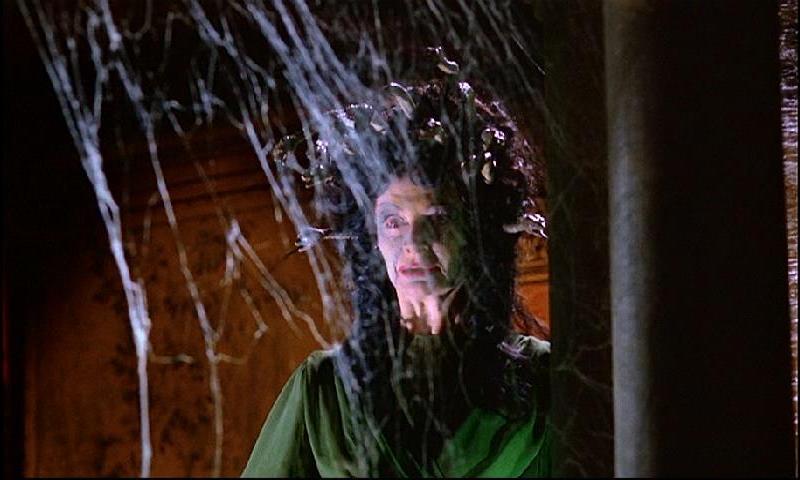
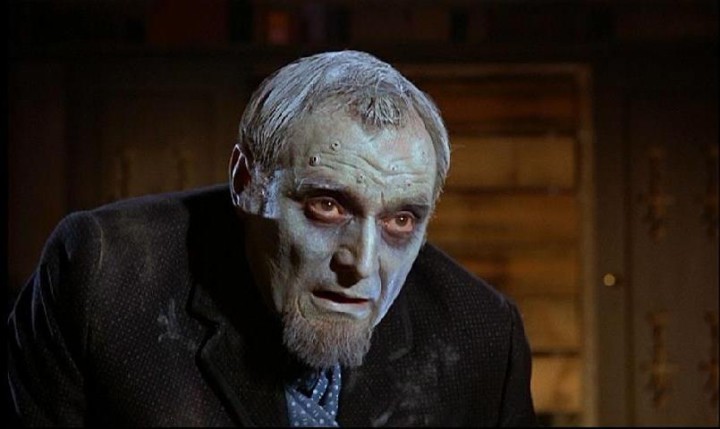


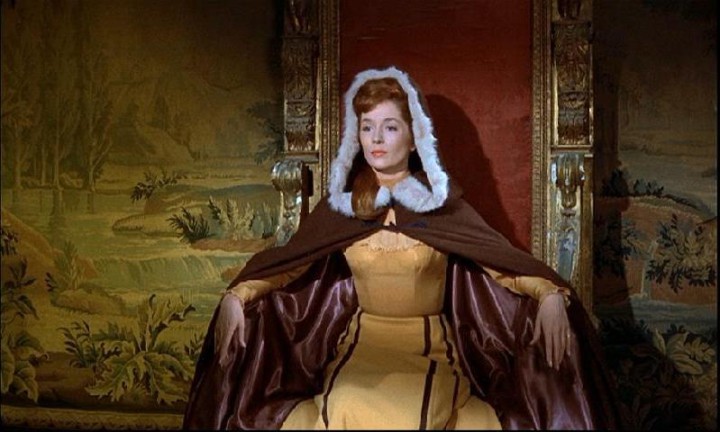
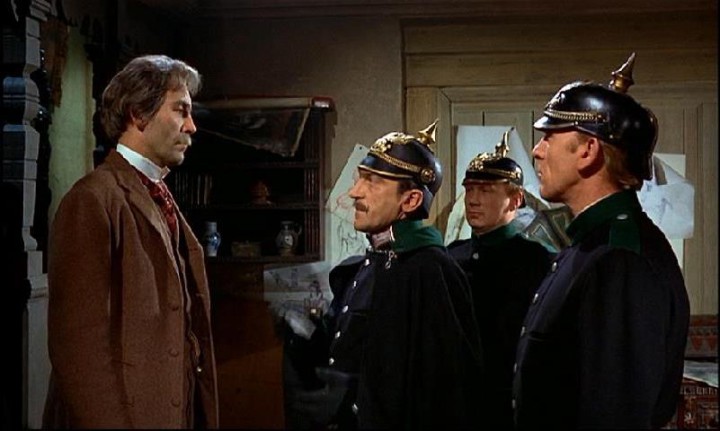
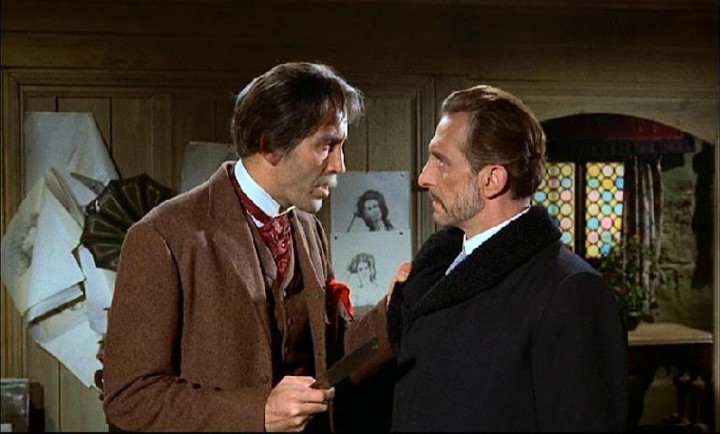
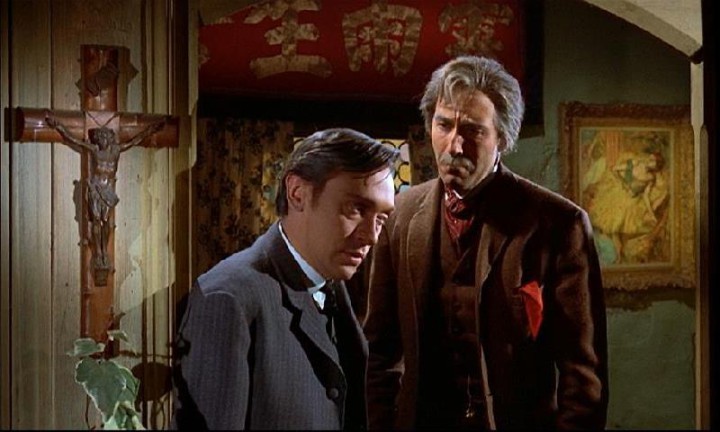
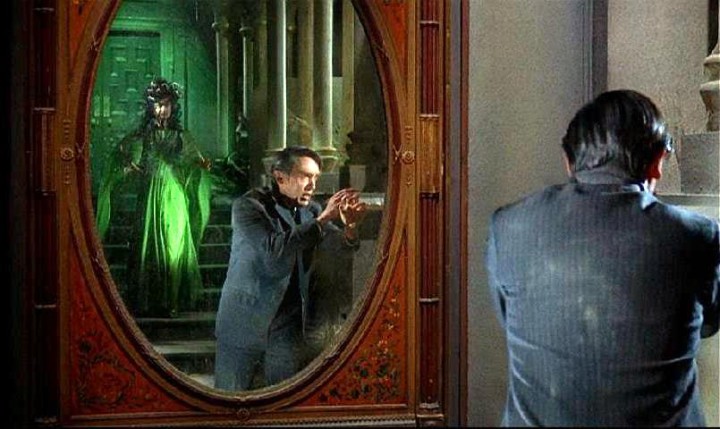
I haven’t seen an original Hammer film on the big screen in over 30 years so I’m really looking forward to it.
And well you should be.
Terrific turnout and response.